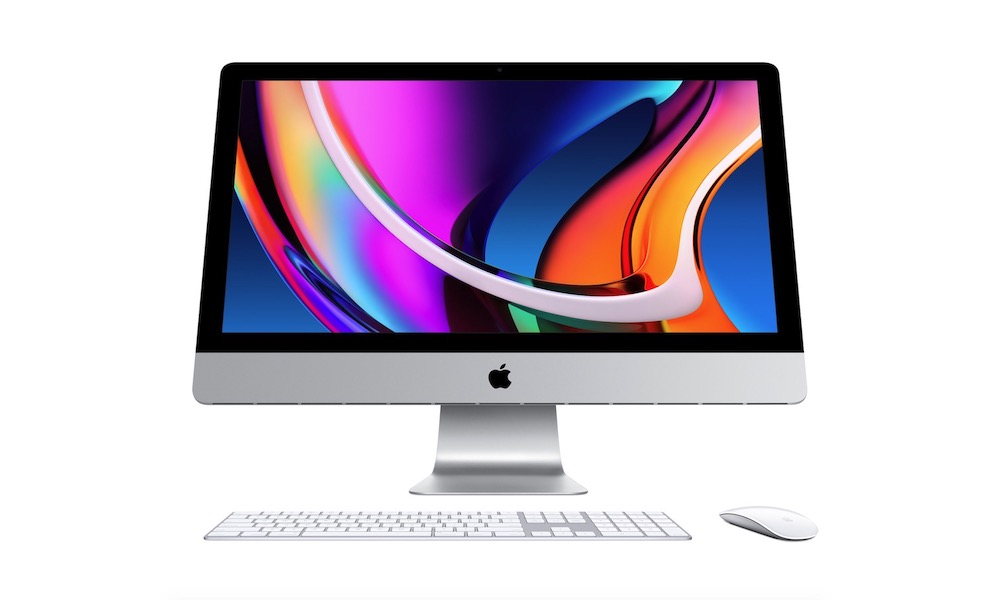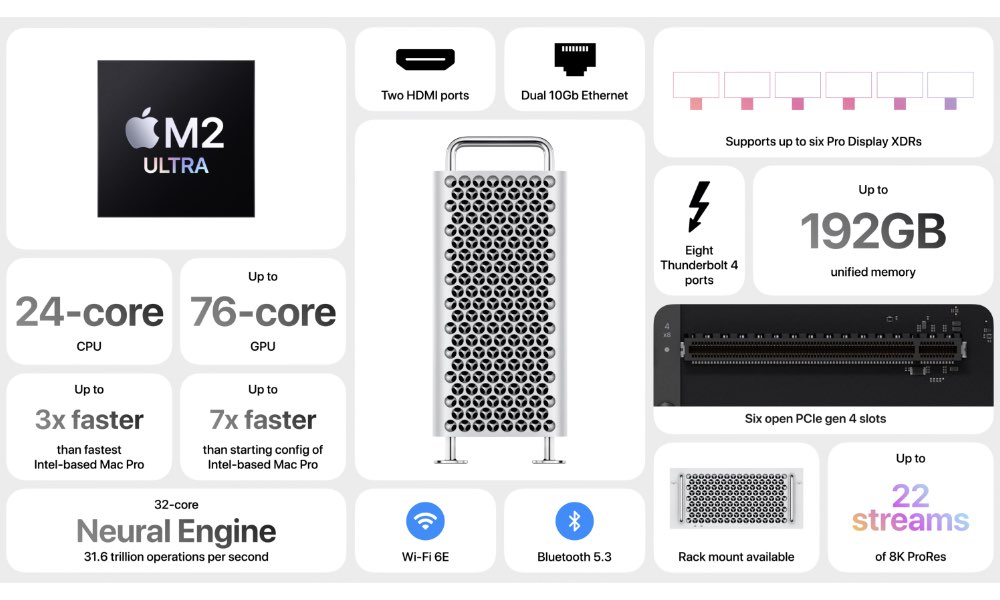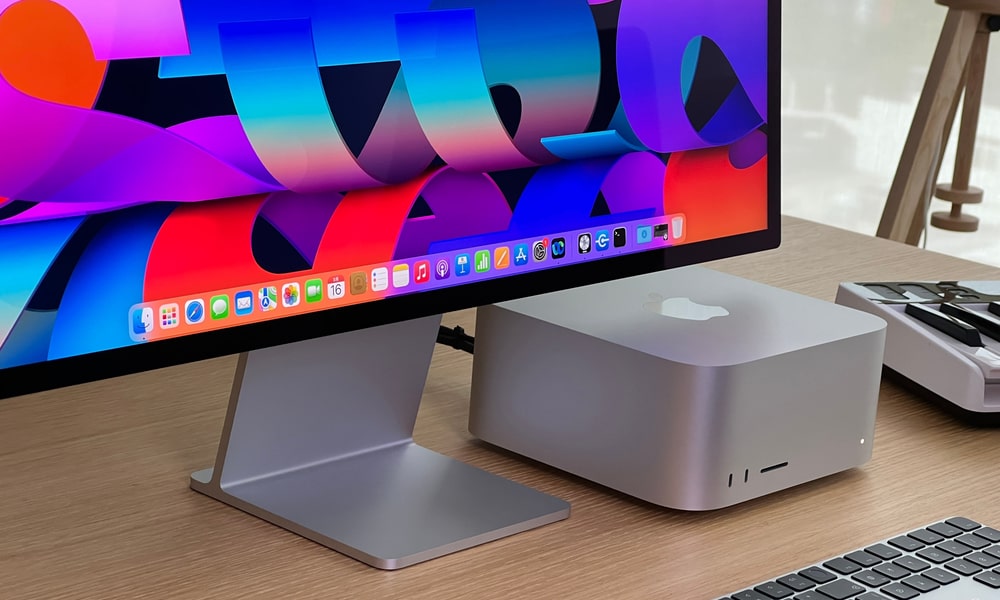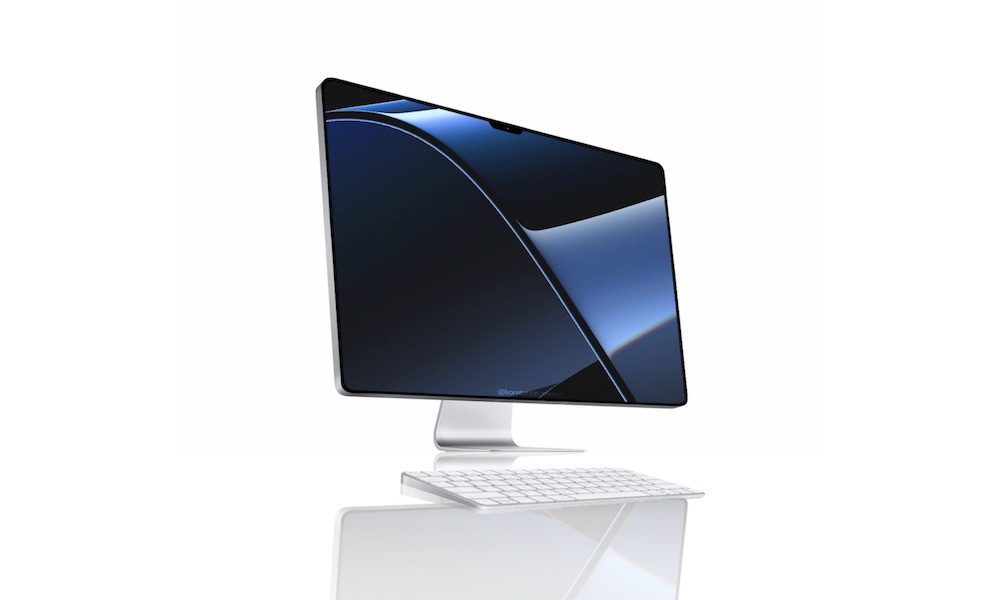Apple Confirms the 27-Inch iMac Is Dead
 Credit: Apple
Credit: AppleToggle Dark Mode
It’s been over three years since Apple last released a new 27-inch iMac, and despite a recurring flurry of rumors that often raised some people’s hopes, Apple has just confirmed there will never be another.
In a statement to The Verge earlier this week, Apple PR rep Starlayne Meza put the final nail in the coffin on any rumors that an Apple silicon 27-inch iMac is in the works.
Instead, the company is focusing on the 24-inch iMac for its home and small business customers while expecting those with more demanding requirements to look to the Mac Studio or Mac mini combined with its 27-inch Studio Display.
Apple implied as much during last month’s Scary Fast event when Senior VP John Ternus highlighted the 4.5K Retina Display of the new M3 iMac as “the perfect size and resolution to replace both the 4K and the 5K Intel-based models in an even more versatile and stunning design.” While he didn’t mention any specific iMacs, only the larger 27-inch model ever sported a 5K display.
It’s also telling that Apple quietly discontinued the Intel 27-inch iMac in 2022, at the same time that it unveiled the new Mac Studio powered by the M1 Ultra — the most powerful piece of Apple silicon in existence at the time. This was accompanied by a 27-inch Studio Display, creating a complete set many believed was a replacement for the 27-inch iMac.
Some industry analysts who had previously lent their weight to hopes of a 27-inch iMac or iMac Pro conceded that what they had seen reports of was actually the Studio Display rather than a standalone iMac. That wouldn’t have been a hard mistake to make; the new Studio Display looks a lot like an iMac and even has an A13 chip inside and runs iOS.
Although that event was followed by reports of an even higher-end “Studio Display Pro,” that display hasn’t (yet) materialized. Nevertheless, Apple has doubled down on the Mac Studio, with an M2 Ultra version arriving earlier this year, accompanied by an Apple silicon Mac Pro with the same specs, seemingly intended chiefly for those who need a larger chassis with room for internal expansion.

It’s fair to say that the advent of Apple silicon significantly changed the game for the Mac lineup. The performance and efficiency of Apple’s new chips mean the days of needing a big, hulking Mac Pro tower to deliver top-tier performance are long over.
That may have been necessary in the world of Intel’s Xeon chips, which ran hot and heavy, but the original M1 Ultra Mac Studio outperformed Apple’s $20,000 28-core Intel Mac Pro from the start — at a fifth of the price and a fraction of the size. Even the original M1 13-inch MacBook Pro held its own against the $6,000 base model Intel Mac Pro.
This also means Apple can do the same for the iMac, producing a successor to the now-defunct Intel iMac Pro — a system that was released in 2017 primarily to serve as a stopgap while Apple finished up the 2019 Mac Pro — so it’s essential to read between the lines here and pay close attention to what Apple’s PR rep actually said.
Specifically, the message from Apple is that it won’t ever release another 27-inch iMac.
When you think about this, it’s somewhat obvious. When the last 27-inch iMac was released in 2020, the smaller iMac came in at 21.5 inches. The new M1-powered iMac released in early 2021 increased to a 24-inch design that’s now become the norm. While such a slight screen size increase might make sense on Apple’s 14-inch and 16-inch MacBooks, it’s not worth Apple’s time and effort to produce a larger iMac that will only be three inches larger than its smaller counterpart.
Instead, if Apple is going to produce a larger iMac — and there are strong indications it has one in the works for late next year — it’s going to go to at least 30 inches, and probably a bit more, considering most recent reports have pointed to a 32-inch display.
The bigger question is whether this will be an iMac or an iMac Pro. With the power of Apple silicon today, such naming distinctions are largely semantic — the entry-level MacBook Pro models have featured basic M1, M2, and M3 chips all along, so a 32-inch iMac could easily pack in an M3 Pro (or, more likely, an M4 Pro by the time it arrives), and still be called just an “iMac.”








